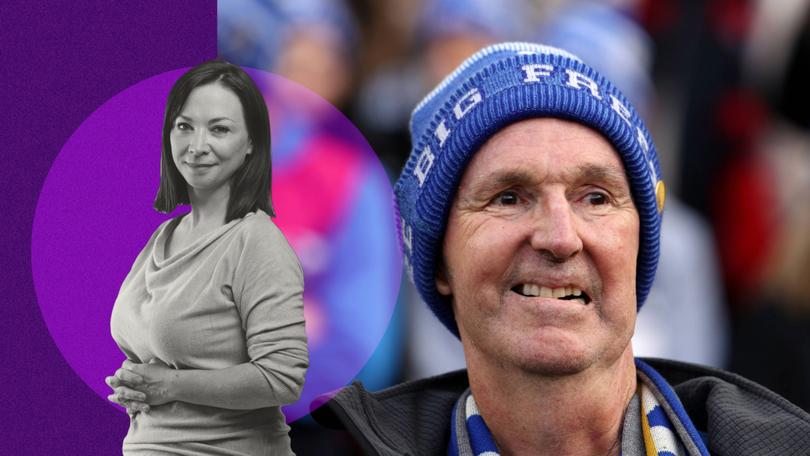KIM MACDONALD: What’s driving the increased cases of cruel Motor Neurone Disease in Australia?

Motor neurone disease is a cruel bastard that seems to belong to the 18th century or a horror movie.
The disease starts innocently enough. Suddenly, you can’t quite get the pegs to work when you hang out the washing.
Or you can’t blow up balloons for a children’s party. One leg might drop to the floor a little too quickly when you walk, or the dishes just seem to slip out of your hands when you wash them.
Sign up to The Nightly's newsletters.
Get the first look at the digital newspaper, curated daily stories and breaking headlines delivered to your inbox.
By continuing you agree to our Terms and Privacy Policy.I’ve heard all of these stories before.
They seem laughable now because they were no portent of things to come.
With MND, the body starts to die while your mind and senses remain sharp enough to helplessly witness your own demise.
The neurodegenerative disease erodes the cells in the brain and spinal cord that control muscular function until you can’t walk, talk, hug, eat, swallow or breathe.
Death usually comes within three years but about 10 per cent of those suffering the disease use their fighting spirit — and often alternative therapies — to prolong their lives for more than 10 years.
Football legend Neale Daniher, who staged his annual Big Freeze event this week to raise money for research, wants to change this, and he deserves our support.

Not only is MND the cruellest of diseases, but it seems it seems to strike this country more than most, with the MND Australia website claiming the prevalence rate is estimated at 8.7 per 100,000 people or one in 11,434.
Worldwide, the prevalence rate is only six cases per 100,000.
The high local prevalence means that every day, two Australians are diagnosed with MND and two people die from the bastard.
The disease seems to be affecting more people with time, according to Dominic Rowe, a neurology professor from Sydney’s Macquarie University.
He was quoted a few years ago as saying MND kills 250 per cent more Australians than it did in 1986, which suggests the disease is linked to the environment.
This stacks up with research which has found only 10 per cent of cases are familial, passing down through faulty genes.
The rest seem to involve a complicated mix of lifestyle, genetic and environmental factors.
The prevalence is extremely high in the Riverina region in NSW — where rates of the disease are seven times the national average — raising theories it is linked to blue-green algae in the waterways, which have a neurotoxin called BMAA.
This same neurotoxin is high in local foods in Guam, where there was also a high prevalence of the disease after World War II.
There is also a much higher prevalence of MND sufferers who live within five kilometres of the Thau Lagoon in southern France, which again suggests an environmental factor tied to a waterway.
But lifestyle seems to play a significant role too, with a high proportion of top sportspeople getting the disease.
One form of MND — Amyotrophic Lateral Sclerosis — is even known as Lou Gehrig’s disease, after the famous New York Yankees baseballer who died from the disease in 1941.
Some 2022 Scottish research suggests rugby players are at higher risk of MND than the general population.
The research from the University of Glasgow found a subset of former Scottish international rugby players had a 15-fold higher risk of developing MND.
That research raises many questions, such as whether it was due to them pushing their bodies beyond reasonable limit?
Could it be they are subject to incredible stress?
Or could the rugby risk be linked to the environment, through herbicides used on the playing fields?
Professor Rowe has been lobbying the Government to have MND declared a notifiable disease, which would mean that doctors would have to be notified of any new cases.
This seems a reasonable step, helping researchers to identify clusters which could be linked to environment.
There are still so many unanswered questions about this hideous fatal illness.
Neale Daniher is hoping to change that.
